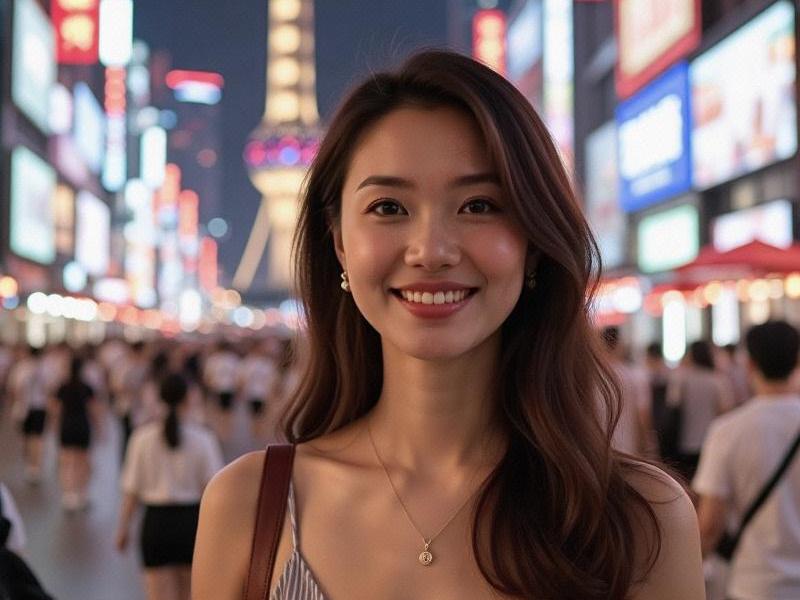
Section 1: Historical Foundations
- The "Shanghai Girl" archetype from 1930s calendar posters to modern reinterpretations
- How the qipao evolved into contemporary power dressing
- Comparative analysis: Beijing's political elegance vs. Shanghai's commercial chic
- Demographic data: Education levels of Shanghai women (72% college-educated)
Section 2: The Beauty Industrial Complex
- Mapping Nanjing Road's $3.2B cosmetic retail landscape
爱上海同城419 - The rise of homegrown skincare brands like Pechoin and Herborist
- Medical tourism: Korean-style clinics adapting to Chinese features
- Case study: How a local influencer launched a vegan makeup line
Section 3: Digital Self-Fashioning
- Xiaohongshu vs. Douyin: Platform aesthetics divergence
- The "no-makeup makeup" trend among female executives
上海龙凤419足疗按摩 - Virtual idol phenomenon: Why Shanghai leads in digital human development
- AI-assisted styling apps gaining 18M monthly users
Section 4: Cultural Contradictions
- Feminist bookstores flourishing alongside bridal markets
- Traditional matchmakers incorporating personality algorithms
- The "leftover women" narrative being reclaimed
上海花千坊爱上海 - Workplace power dressing codes in multinational firms
Section 5: Global Influence
- Shanghai Fashion Week's international buyer composition
- How K-pop stylists study Shanghai street fashion
- Luxury brands creating Shanghai-exclusive collections
- The diaspora effect: Exporting aesthetic values overseas
This cultural mosaic reveals how Shanghai women navigate competing pressures - honoring tradition while embracing modernity, balancing career ambitions with social expectations, and ultimately crafting an urban femininity that's distinctly Shanghainese yet globally resonant.
